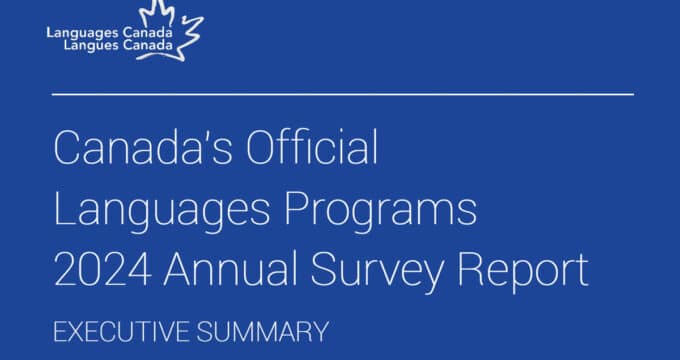New Zealand moving to smooth pathways between language learning and degree studies
With the stroke of a pen, a new agreement between two peak bodies in New Zealand will help to structure and standardise pathways between the country’s language schools and universities. The memorandum of understanding (MOU) was signed on 19 June between Universities New Zealand, which represents all universities in the country, and English New Zealand, a member association of 22 private and public English language schools.
The MOU sets out that New Zealand’s eight universities will now accept the Accredited Pathways Assessment (APA) of an English New Zealand member school in order to satisfy each university’s English proficiency requirements for foreign students.
As a recent statement from English New Zealand explains, “The Accredited Pathways Assessment for English New Zealand members will be in addition to the quality assurance requirements that all member schools must meet, over and above [New Zealand Qualifications Authority] requirements. Member schools with accredited assessments will show the Accredited Pathways Assessment quality mark in addition to the English New Zealand membership logo.”
English New Zealand’s Executive Director Kim Renner adds, “[The Accredited Pathways Assessment] is a new initiative but many of our member schools have been offering [English for Academic Purposes] courses for some time. This agreement simply makes the assessment and quality assurance of those courses more robust.”
The APA process is still being finalised but schools will apply for accreditation for consideration by an expert panel. Once approved for an APA, members will then be expected to meet ongoing evaluation and audit requirements in order to retain their approval. English New Zealand expects to receive the first APA applications from members in August 2019.
English New Zealand Chairman, Wayne Dyer, said English New Zealand and Universities New Zealand have been working together for some time to encourage and enable pathways to tertiary study in New Zealand.
“This agreement is a significant step forward and combines rigorous quality assurance with pragmatism for the benefit of individual students and for New Zealand’s international education sector as a whole,” said Mr Dyer.
Universities New Zealand Chief Executive Chris Whelan agreed the university sector benefited enormously from these sorts of partnerships. “But we enter them only when absolutely certain that they meet the rigorous quality standards expected of New Zealand university education and qualifications,” he said. “The fact that we have signed this MOU is a vote of confidence in the high quality of English New Zealand’s accredited providers.”
“We expect [the MOU] will encourage more students choosing English New Zealand schools to consider a pathway, and more students to choose New Zealand in the first place because of smoother pathways,” adds Ms Renner. “Currently there is a much lower rate of pathway into university study from English language compared to ELICOS in Australia. Members attract students from a diverse range of countries so we expect increases from countries traditionally focused on further study, as well as from some emerging markets.”
For additional background, please see:
Most Recent
-
The surging demand for skills training in a rapidly changing global economy Read More
-
US issues corrected student visa data showing growth for 2024 while current trends point to an enrolment decline for 2025/26 Read More
-
Survey finds US institutions expanding agency engagement and focusing on new student markets Read More


















